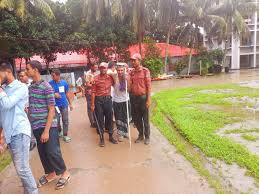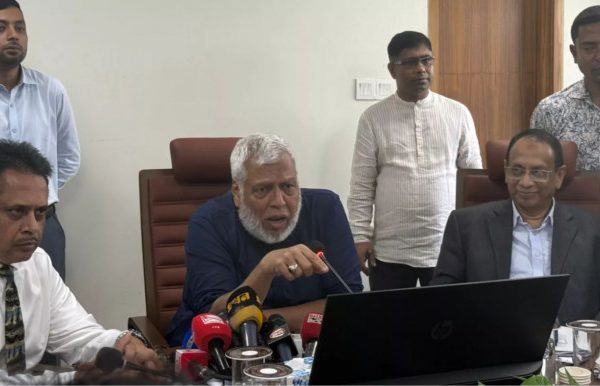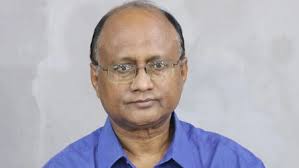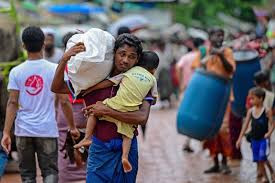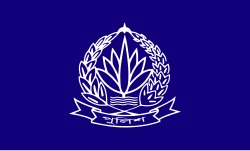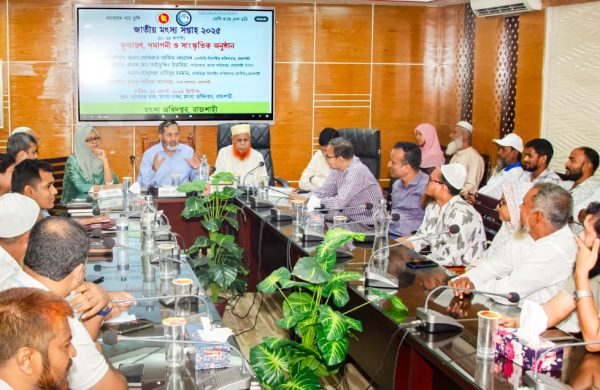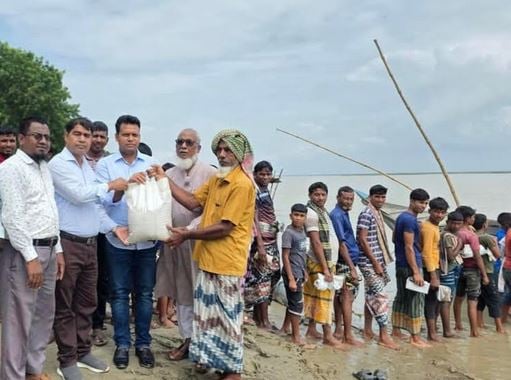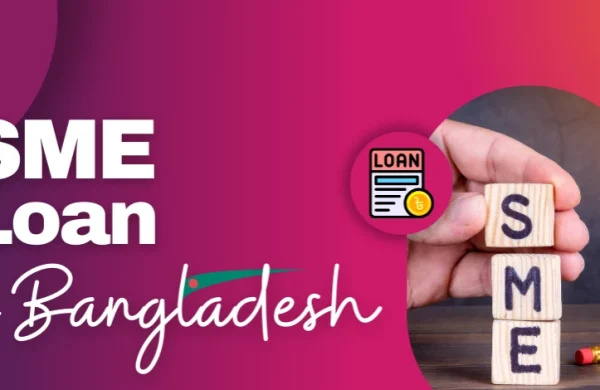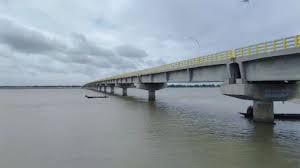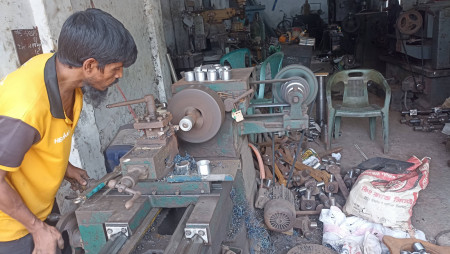Poverty in Bangladesh increases sharply to 27.93%
- Update Time : Monday, August 25, 2025
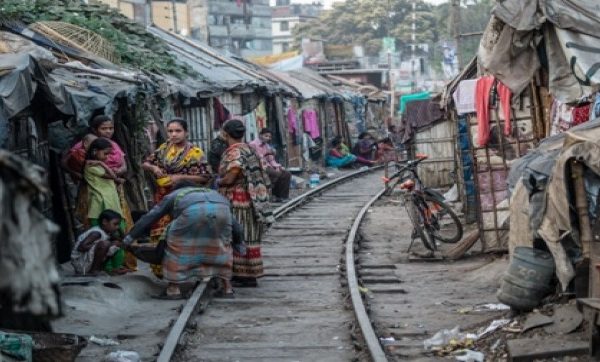
Staff Correspondent:
Poverty in Bangladesh has deepened sharply over the past two years, with one in four people (27.93%) living below the upper poverty threshold, according to a survey by the Power and Participation Research Centre (PPRC) released Monday (August 25).
Also, nearly one in 10 households is now below the lower poverty line.
The findings paint a grim picture of rising vulnerabilities: over half of households are weighed down by chronic illness, while nearly 9% of the poorest families reported going a full day without food.
Underemployment remains entrenched, with 38% of workers unable to secure adequate work. Women remain largely excluded from the workforce, with participation stuck at 26%.
The survey, which covered more than 8,000 households nationwide, offers one of the clearest snapshots yet of how inflation, weak job creation, and inequality are reshaping the real economy.
The results, based on adjusted Household Income and Expenditure Survey (HIES) thresholds, also indicate a reversal in earlier gains in poverty reduction.
According to PPRC, the adjusted poverty thresholds now stand at Tk3,115 per capita per month for the Lower Poverty Line (LPL) and Tk4,333 for the Upper Poverty Line (UPL).
The median per capita monthly income is estimated at Tk5,470.
As of May 2025, 9.35% of the population lives below the LPL, up from 5.6% in 2022, while 27.93% fall under the UPL, compared with 18.7% in 2022.
INEQUALITY WIDENS
Inequality has also intensified during this period. The national Gini coefficient has climbed to 0.436, compared with 0.334 reported in HIES 2022. While rural inequality remains lower at 0.347, urban inequality has reached 0.532.
Economists describe this as “one of the steepest increases in recent decades”, attributing it to uneven post-pandemic recovery, persistent inflation, and stagnant real incomes.
Income and expenditure patterns highlight the scale of the divide. Nationwide, the average monthly household income is Tk32,685. Rural households earn Tk29,205, while urban households earn Tk40,578.
Spending disparities are sharper: rural households spend an average of Tk27,162, compared with Tk44,961 in urban areas.
The contrast is most visible across social groups. The bottom 10% of households earn Tk8,477 a month but spend Tk12,294, often relying on borrowing or external support.
The top 10% earn Tk109,390 and spend Tk101,163—nearly eight times higher than the poorest.
Middle-income households, which account for 40% of the population, earn Tk29,277 and spend Tk29,826, with expenditure marginally outstripping income under inflationary pressure.
SIGNS OF RESILIENCE
Despite rising hardship, the report highlights some areas of resilience. Smartphone penetration now stands at 74%, while 15% of households benefit from remittances averaging Tk29,000 a month.
Yet optimism is uneven. While 62% of the wealthiest households report feeling hopeful, only one-third of the poorest share that sentiment, with the majority expressing pessimism about their future prospects.
POLICY RECOMMENDATIONS
The PPRC called on policymakers to act swiftly, urging emergency family assistance, education grants, and measures to stabilise commodity prices.
It also recommended long-term actions, such as real-time household data monitoring, addressing regional inequalities, and adopting equity-driven economic planning.



